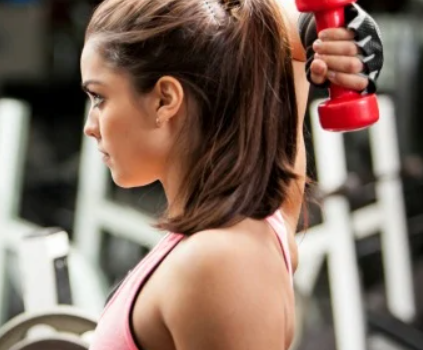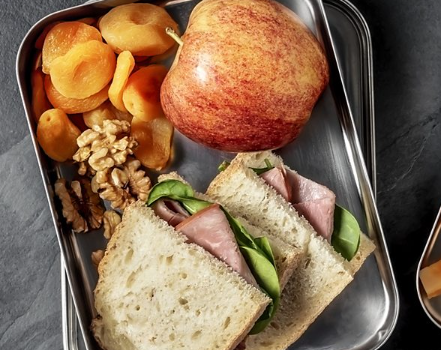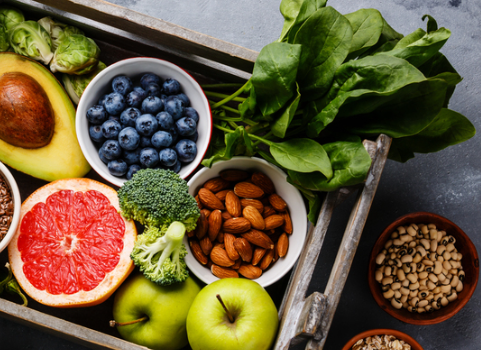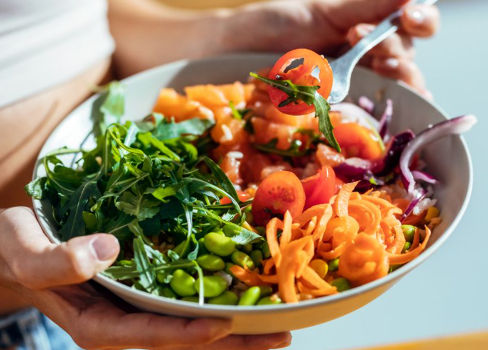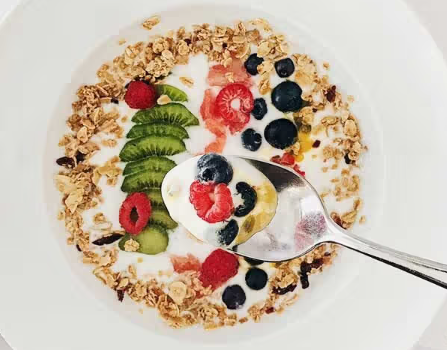
As a 49-year-old man who has managed to maintain a steady weight throughout adulthood, I’ve spent years studying nutrition and weight management. My weight has fluctuated slightly over the years, but it always stays within a 10-pound range, thanks to the habits I’ve cultivated. Maintaining a healthy weight isn’t about obsessing over numbers but rather creating sustainable eating and drinking habits that keep me in check.
Here are the habits I follow for a balanced lifestyle:
- Mediterranean Diet – This is my go-to eating plan. We’ll dive deeper into it shortly.
- Intermittent Fasting – I practice intermittent fasting and have found the Prolon fast to be a game-changer. It’s a food-based fasting method that helps me reset and cleanse my body. If Prolon is out of your budget, I recommend trying a DIY fasting-mimicking diet.
- Keto Diet – Whenever my weight creeps up, I do a 20-day Keto reset. It helps me shed a few pounds quickly and boost my metabolism.
- Personal Lab Testing – I’ve used tests from Everlywell to understand my blood chemistry and food sensitivities, helping me tailor my diet.
- Probiotics – I swear by high-quality probiotics for gut health, believing they’re essential in maintaining a healthy weight and overall wellness.
While I enjoy the occasional glass of red wine or vodka, I focus on keeping my habits consistent and healthy. Many friends have asked about my secrets for maintaining weight, and today, I want to share what I’ve learned.
Where Do I Begin?
Do these questions sound familiar?
- How do I lose weight?
- What diet should I follow?
- How do I keep the weight off once I lose it?
- How do I maintain muscle tone?
If so, you’re not alone. A CDC survey found that nearly 49% of Americans are actively trying to lose weight, and this trend is mirrored in men, where 42% of men are currently trying to shed pounds.
This article won’t cover the basics you already know, such as avoiding soda, staying active, and eating healthy. Instead, we’re going to dive into the nuances of dieting—things like blood sugar, insulin regulation, digestion, and the importance of gut health. These are often overlooked by most men but can make a huge difference when choosing a diet plan that works.
The most important truth about dieting is that there’s no one-size-fits-all approach. What works for someone else might not work for you. That’s why it’s crucial to understand your body and choose a plan that fits your unique needs. In this article, we’ll explore how to evaluate your situation and find the best diet for you.
Golden Rules for Picking a Diet Plan That Works
When selecting a diet plan, it’s vital to keep a few key principles in mind. These rules will help ensure your success over the long term:
- It Should Be Practical
Diets should be sustainable, and that means they need to be practical for your lifestyle. Start with a simple plan that emphasizes whole, homemade foods. Avoid highly processed foods and stick to lean meats, fruits, and vegetables. To make grocery shopping easier, follow this tip: shop the outer aisles of the store, where you’ll find fresh produce, lean proteins, and healthy snacks. Steer clear of the middle aisles, where the processed foods and sugary products are located. - It Should Be Simple
A diet plan that’s too complex will be hard to stick to. The key is to choose something easy to follow that doesn’t require hours of meal prep or complicated shopping lists. A simple diet lets you enjoy occasional indulgences because it’s easy to get back on track. Avoid plans that rely on pre-packaged meals or specific foods that are difficult to find. - It Should Promote Gradual, Sustainable Weight Loss
Rapid weight loss plans might work initially, but they usually lead to regaining the weight once you return to your normal eating habits. Sustainable weight loss happens gradually. The goal should be to shift your metabolism and eating habits for the long term, so you can maintain a healthy weight without drastic measures. - It Should Be Nutritionally Balanced
Whatever diet you choose, ensure it meets the nutritional guidelines set by health organizations like the USDA. This means balancing your intake of protein, fats, carbohydrates, and essential nutrients like fiber and calcium. - It Should Include Plenty of Vegetables
Vegetables are key to any healthy diet. They’re nutrient-dense and low in calories, helping to keep you full while supporting your weight loss goals. At every meal, make sure half your plate is filled with vegetables. Experiment with different cooking methods and seasonings to make them more enjoyable. - It Should Encourage Whole Grains
Whole grains, such as brown rice and oats, provide essential fiber and nutrients that support long-term health. While refined grains like white bread and pasta should be minimized, whole grains can be a healthy and satisfying part of your diet when consumed in moderation. - It Should Limit Sugar
Sugar is one of the biggest culprits when it comes to weight gain and poor health. To lose weight effectively, you must minimize your sugar intake. Choose fresh fruit over sugary snacks, as fruits provide essential vitamins, antioxidants, and fiber that are good for your body. - It Should Limit Sodium Intake
Excess sodium can lead to high blood pressure and other cardiovascular issues. Stick to fresh, whole foods and avoid processed items high in salt. Reducing your sodium intake will help promote heart health and improve overall well-being. - It Should Help Prevent Disease
A good diet should not only help with weight loss but also reduce the risk of chronic diseases like diabetes and heart disease. Diets rich in health-promoting nutrients are essential for preventing these conditions. - It Should Be Paired with Exercise
No diet plan will be fully effective without exercise. A good weight loss routine combines a healthy diet with regular physical activity, including both cardio and weight training. This approach will help build muscle, increase metabolism, and improve overall health.
Popular Diet Plans for Men
Here are some of the most effective diet plans for men, each with its own unique approach:
- Paleo Diet
Focuses on whole, unprocessed foods such as fruits, vegetables, meats, and nuts while eliminating grains, dairy, and processed foods. This diet promotes protein-rich meals that keep you full for longer but can be low in carbs, which may leave you feeling drained. - Weight Watchers (WW)
This plan assigns point values to foods, allowing you to eat what you want as long as it fits within your daily point allowance. It’s flexible but can be expensive and time-consuming, as it requires point tracking and weekly weigh-ins. - DASH Diet
A heart-healthy diet promoted by the National Heart, Lung, and Blood Institute, the DASH Diet focuses on reducing sodium intake and emphasizes fruits, vegetables, whole grains, and lean protein. - TLC Diet
Designed to improve cholesterol levels, the Therapeutic Lifestyle Changes (TLC) diet promotes eating more fruits, vegetables, and whole grains while focusing on low-fat foods. It’s heart-healthy and great for maintaining a balanced weight. - Mayo Clinic Diet
Focuses on healthy eating habits and emphasizes fruits, vegetables, and whole grains. It’s designed for long-term weight loss and is backed by extensive research. - Mediterranean Diet
Known for its heart-healthy benefits, the Mediterranean Diet includes healthy fats, vegetables, whole grains, and lean proteins. It’s a well-balanced diet that’s easy to follow and supports weight loss while preventing chronic diseases. - Flexitarian Diet
A flexible vegetarian diet, the Flexitarian Diet emphasizes plant-based foods with occasional meat. This approach is great for weight loss and overall health but may be challenging for those who don’t enjoy vegetables.
Conclusion
The best diet plan for you is the one that aligns with your unique needs, lifestyle, and goals. There’s no universal solution, and success comes from understanding your body and making a plan that works for you. Whether you choose the Mediterranean Diet, Paleo, or a more flexible approach like Flexitarian, make sure the plan is practical, sustainable, and nutritionally balanced. Remember, weight loss is a journey, not a quick fix. Find what works for you, and stay consistent for long-term success.










